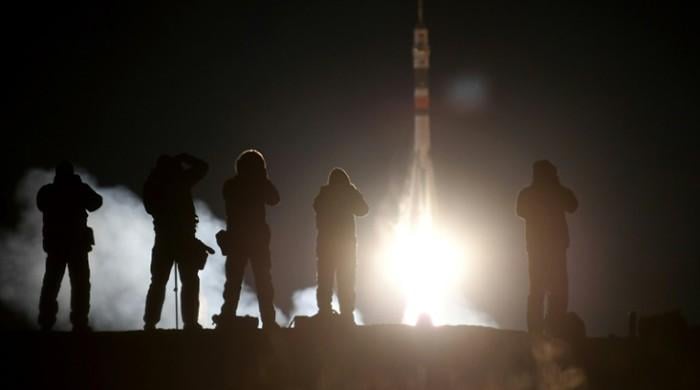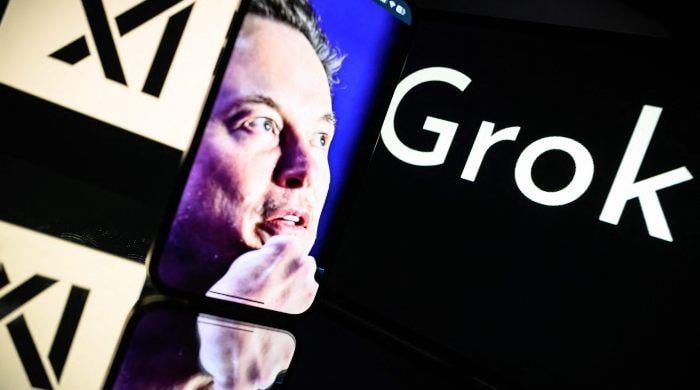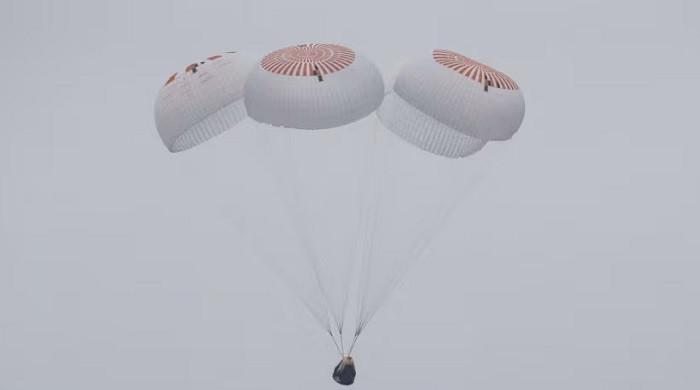'Passengers' and the real-life science of deep space travel
"We're evaluating it, we think it's medically possible"
December 23, 2016

From "Aliens" to "Interstellar," Hollywood has long used suspended animation to overcome the difficulties of deep space travel, but the once-fanciful sci-fi staple is becoming scientific fact.
The theory is that a hibernating crew could stay alive over vast cosmic distances, requiring little food, hydration or living space, potentially slashing the costs of interstellar missions and eradicating the boredom of space travel.
But the technology has always been unattainable outside the fertile imaginations of filmmakers from Woody Allen and Ridley Scott to James Cameron and Christopher Nolan -- until now.
Atlanta-based Spaceworks Enterprises is using a $500,000 grant from NASA to leverage techniques used on brain trauma and heart attack patients to develop "low metabolic stasis" for missions to Mars and the asteroid belt.
"It takes about six months to get out to Mars... There are a lot of demands, a lot of support equipment required to keep people alive even during that period," said SpaceWorks CEO John Bradford
The aerospace engineer told a panel in Los Angeles marking the release Wednesday of "Passengers," the latest movie to explore suspended animation, that his company was adapting the medical technique of induced hypothermia to astronautics.
Hospitals lower the core temperature of trauma patients by around 10 degrees Fahrenheit (12C) to achieve a 70 percent reduction in metabolism, although they are "shut down" for a couple of days rather than the months astronauts would need.
"We're evaluating it. We think it's medically possible," Bradford told journalists.











